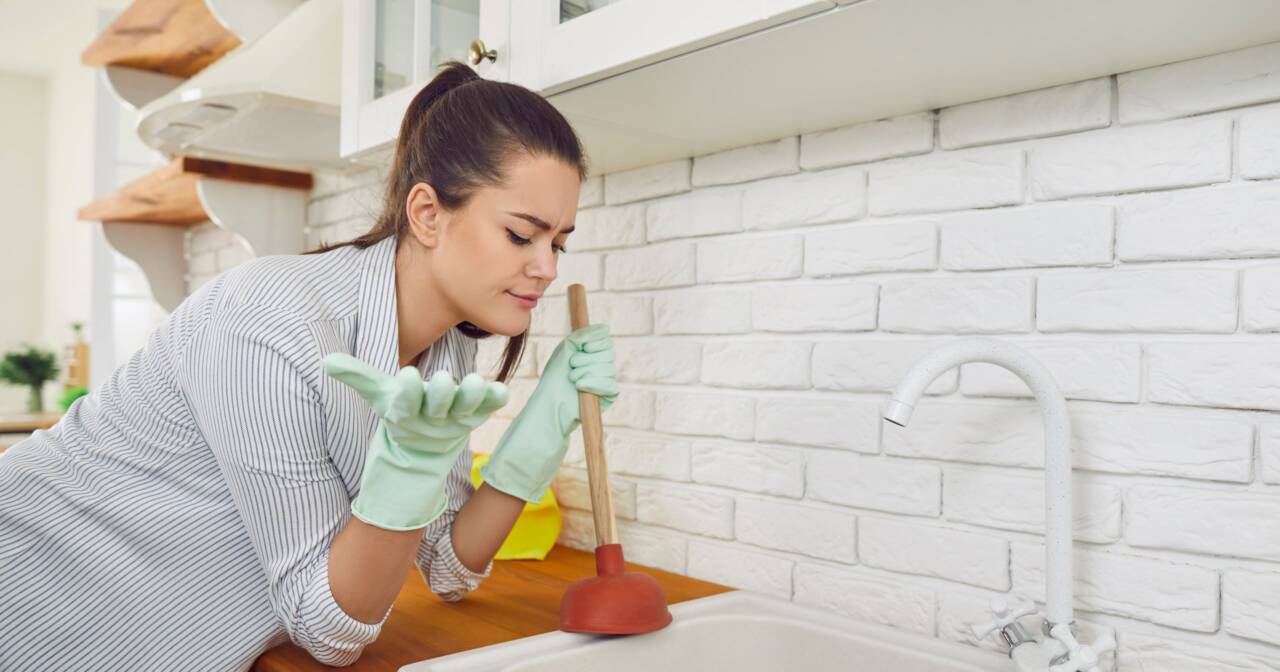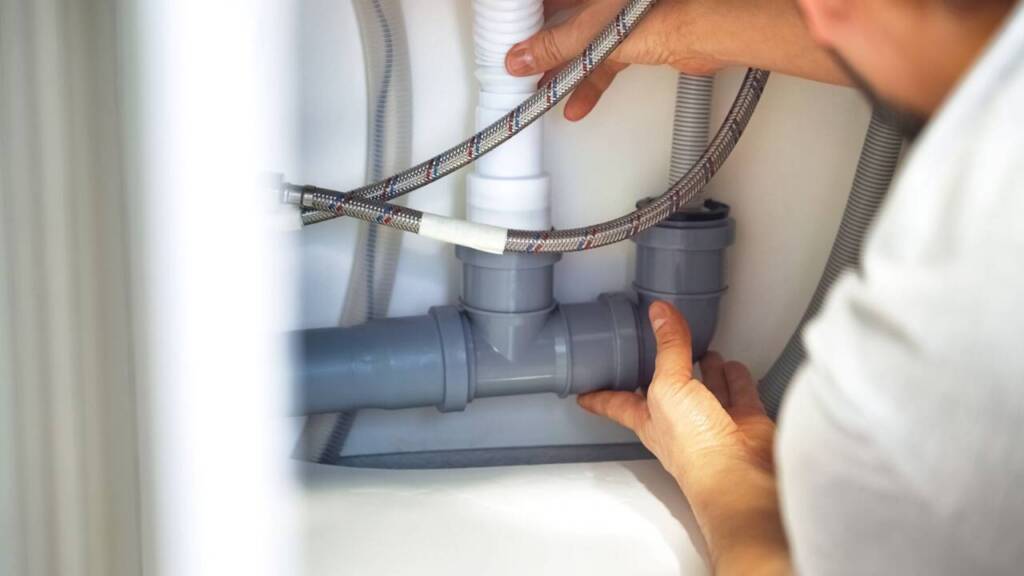Home Improvement
How To Perform Effective Drainage Maintenance: A Step-By-Step Guide

Have you ever faced the frustration of a clogged drain? You’re not alone! Keeping your drainage system in good shape is essential for a smooth-running household. Whether you’re a seasoned do-it-yourself enthusiast or a newbie, this step-by-step guide will walk you through the process of effective drainage maintenance in an easy-to-understand and conversational tone.
Why Is Drainage Maintenance Important?
First things first, let’s talk about why drainage maintenance matters. A well-maintained drainage system prevents clogs, reduces the risk of flooding, and ensures that wastewater is properly managed. Ignoring your drains can lead to unpleasant odors, slow water drainage, and even costly repairs down the line. By taking a proactive approach, you can keep everything flowing smoothly and avoid these headaches.
Moreover, utilizing professional drainage services can significantly enhance the efficiency and longevity of your drainage system. Experts in drainage services have the knowledge and tools to determine and address potential issues before they become major problems. Regular inspections and maintenance by professionals can save you time and money, ensuring that your drainage system operates optimally and reliably.
Step 1: Gather Your Tools
Before diving into preventative maintenance of storm drains and drain pipes, it’s crucial to gather the necessary tools. Here’s a quick list of what you’ll need:
- Plunger: For dislodging minor clogs.
- Drain Snake (Auger): A flexible tool for breaking up tough clogs.
- Baking Soda and Vinegar: Natural cleaning agents.
- Rubber Gloves: To keep your hands clean.
- Bucket: For catching water and debris.
- Old Toothbrush: For scrubbing away grime.
Having these tools on hand will make the maintenance process smoother and more efficient.
Step 2: Regular Cleaning
Drain cleaning is crucial in the maintenance and longevity of water drainage systems. Once a week, pour boiling water down the drain to dissolve grease and soap scum buildup. This simple act can make a big difference.
Every month, use a combination of baking soda and white vinegar, half cup each for drain cleaning. Let it fizz for about 10-15 minutes, then flush with boiling water. This natural cleaner helps break down organic matter and keeps your drains fresh.
Step 3: Dealing with Slow Drains
If you notice water draining slowly, it’s time to act to ensure the health of your sewer line and the other components of your plumbing system. Slow drains are often the first sign of a developing clog. Use a plunger, pushing and pulling vigorously to dislodge any minor clogs. Make sure there’s enough water in the sink or tub to cover the plunger’s cup.
If plunging doesn’t work, it’s time for the drain snake to twist it to catch debris. Slowly pull it out, and you’ll likely find hair, soap scum, and other gunk. Dispose of the debris in the trash, not back down the drain, which can block your sewer line and clogged drains.
Step 4: Preventing Hair Buildup
Hair is a common culprit in clogged drains and other drainage areas, especially in the bathroom. Place hair catchers or strainers over the drains in your shower and bathroom sinks. These inexpensive gadgets trap hair before it goes down the drain and prevent standing water or surface water. Moreover, clean the hair catchers regularly to prevent buildup.
Step 5: Kitchen Drain Maintenance
The kitchen sink is another hotspot for clogs in your plumbing system, often due to grease and food particles. This can be a breeding ground for germs and a cause of major problems in your drain pipe, including water damage. Therefore, prevent direct water and promote good water flow in your kitchen drain with preventative maintenance.
Never pour grease down the drain. Instead, let it cool and dispose of it in the trash or a designated container. Place a mesh strainer over the drain to catch food particles. Empty the strainer into the trash after each use. When using garbage disposal, run cold water before, during, and after to help solidify any grease and flush it away.
Step 6: Outdoor Drainage Maintenance
Don’t forget about outdoor drains, especially if you have a yard or driveway with drainage systems. Regularly remove leaves and other debris from outdoor drains to prevent blockages. Use a broom or a garden hose to clean the grates.
After heavy rain, check for standing water around your property. If you notice water pooling, it might indicate a drainage problem that needs attention.

Step 7: Know When to Call a Professional
While regular maintenance can handle most drainage issues, sometimes you need to call in the pros. If you encounter any of the following, it’s time to seek professional help:
- Persistent clogs that won’t clear with plunging or a drain snake.
- Foul odors that don’t go away.
- Multiple slow drains in your home.
- Visible water damage or leaks around drains.
Professional plumbers have the expertise and equipment to perform drainage repair, tackling tough clogs, foul odors, and underlying issues. They are also experts in stormwater management, cutting-edge solutions, and preventative maintenance of water drainage systems.
Final Thoughts
Effective drain maintenance doesn’t have to be daunting. Follow the steps above for preventive care and resolution of common drainage issues. Apply the drainage maintenance tips shared to properly manage water runoff, drain pipe, and other sewer system issues accordingly. Don’t hesitate to contact drainage services for professional help if you lack the skills to resolve the problem and to avoid costly repairs from inappropriate DIY solutions.
Kenneth is a proud native of sydney, born and raised there. However, he pursued his education abroad and studied in Australia. Kenneth has worked as a journalist for almost a decade, making valuable contributions to prominent publications such as Yahoo News and The Verge. Currently, he serves as a journalist for The Hear Up, where he focuses on covering climate and science news. You can reach Kenneth at [email protected].










